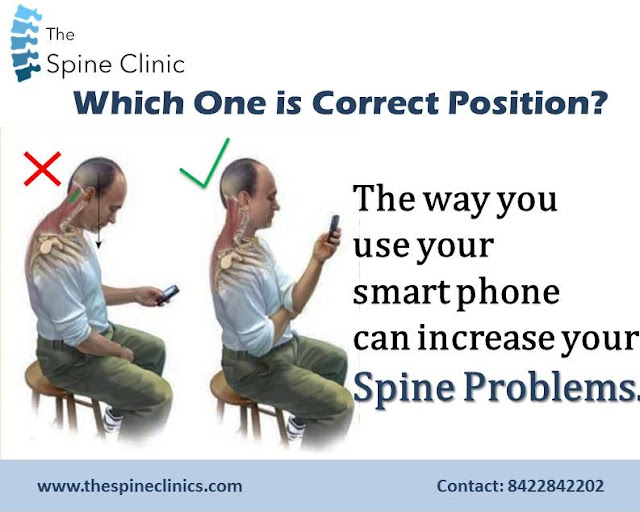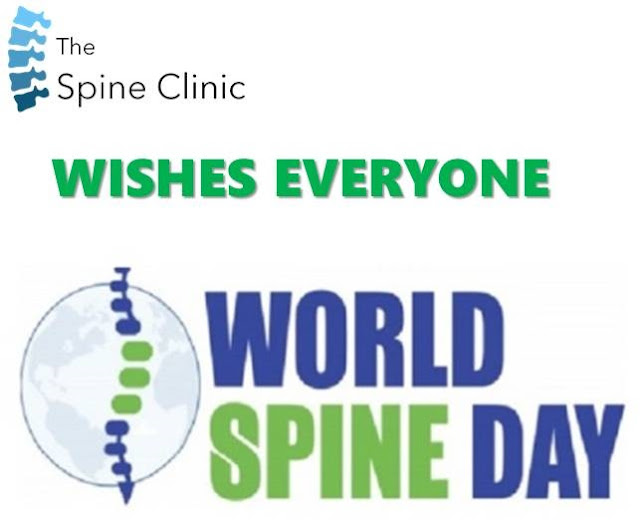Dr. Priyank M Patel is the best spine
surgeon in Thane and is practicing since 2012. He is a
Member of Association of Spine Surgeons of India, Bombay Orthopedic Society,
Bombay Spine Society, AO Spine and North American Spine Society. He is working
with Jupiter Hospital, Thane, Currae Hospital, Thane, The Apollo Clinic, Thane,
Apollo Spectra hospital, Deonar, Asian Cancer Institute, Sion, Lilavati
hospital, Wockhardt hospital (Mumbai South), Hinduja Healthcare, Khar, Breach
Candy Hospital. He has completed his M.B.B.S. degree from Mahatma Gandhi
Missions Medical College, Navi Mumbai in 2009 and his M.S. in orthopaedics from
Dr. Vasantrao Pawar Medical College & MVPs Hospital, Nashik in 2012. He
specializes in spine surgery.
He has given paper presentations at
MOACON 2010 on results of Jess Fixator in treatment of Rigid CTEV, NMOACON 2010
on Pitfalls and errors of interlocking intramedullary nailing, ASSICON 2014 on
Use of sublaminar wires and hartshill rectangle for management of osteoporotic
vertebral fractures causing neurological deficit or instability, Spineweek 2014
on the topic To evaluate the results of a single staged simultaneous
decompression surgery for tandem spinal stenosis – A Review of 149 patients,
Spineweek 2016 on the topic Is lordosis mandatory for planning a posterior
decompressive laminectomy in multisegmental cervical spondylotic myelopathy? –
evaluation of results with respect to cord shift, postoperative kyphosis and
neurological recovery – Minimum 5 yr Follow-up, Spineweek 2016 on use of
sublaminar wires and spinal loop rectangle in the management of osteoporotic
vertebral fractures with neurological deficit or instability, Wiroc 2016 on Use
of sublaminar wires and hartshill rectangle for management of osteoporotic
vertebral fractures causing neurological deficit or instability, and at Global
Spine Congress 2017 on To evaluate the results of a single staged sumltaneous
decompression surgery for tandem spinal stenosis – A Review of 149 patients.
He has also given poster presentations
at Traumacon in 2011 on Pitfalls and errors of interlocking intramedullary
nailing for fracture shaft of femur, MOACON in 2010 on 1) Osteochondroma of
scapula, a case report 2) Tuberculosis of Pubic Ramus, a case report, ASSICON
in 2014 on Posterolateral Cervical Discectomy for unilateral Radiculopathy: To
study the functional outcome. And Spineweek in 2016 on Results of Spinal loop
Rectangle and sublaminar wires in Idiopathic Scoliosis correction.
His Publications are as follows:
What is Total Hip Replacement-NJMSR
(National Journal of Medical Science and Research)
Management of scoiliosis associated
with neurofibromatosis. Review article. Current orthopaedic practice (accepted,
in publication)
Management of Prolapsed intervertebral
disc- a treatment algorithm. Review article. Journal of clinical orthopaedics
(accepted, in publication).
His conferences and CME’s are as
follows:
- 27th CME On Paediatric Orthopaedics, OREF, Nashik
- Hands-on workshop on simplified universal nails and LCP concepts at
NDMVP medical college, Nashik – conducted by synthes.
- Joints 2009, NDMVPs hospital, Nashik
- PG instructional course 2010, OREF, Indore
- Joints 2010, Poona hospital and research centre, Pune
- NMOACON 2010, 1st regional conference of North
Maharashtra Orthopaedic Association, Jalgaon.
- WIROC 2010, 44th western India Regional Orthopaedic
Conference, Mumbai
- Preconference workshop – Nails, WIROC 2010, 44th western
India Regional Orthopaedic Conference, Mumbai
- AO Trauma introduction Program, Nashik
- Spine course 2010, Nashik
- 34th annual conference of Indian society for surgery of
hand, 2010, Nashik
- Research Methodology Workshop, MUHS, Nashik
- Traumacon 2011, Trauma conference, Mumbai
- 4th Ganga Operative Spine Course 2013, Coimbatore
- Instructional course in spine 2013, Kodaikanal
- WIROC 2013, 47th western India Regional Orthopaedic
Conference, Mumbai
- ASSICON 2014, Association of Spine Surgeons of India Conference,
Kolkata
- Instructional course in spine 2014, Udaipur
- BSS Meet 2014, Annual Meeting of British Scoliosis Society,
Bristol, United Kingdom.
- ASSICON 2015, Associations of spine surgeons of India Conference,
Pune
- 5th Ganga Operative Spine Course 2015, Coimbatore
- Instructional course in spine 2015, Vishakhapatnam
- Assicon 26th, Associations of spine surgeons of India
Conference- Faculty, GOA
- Spine week 2016, Singapore
- AO spine principles course, Pune.
- Bombay Operative Spine Course-Faculty, Mumbai 2016
- 2nd Annual International Spinal Deformity Symposium, Nov
2016, Chicago USA.
- Wiroc 2016, Mumbai, India
- Assicon 27th, Associations of spine surgeons of India
Conference- Hyderabadd, GOA
- AO Spine Scoliosis week 2017, Kochin, India
- Global Spine Congress 2017, Milan, Italy
- Faculty- Bombay Operative Spine Course 2017, Mumbai.
For more information
visit: www.thespineclinics.com














